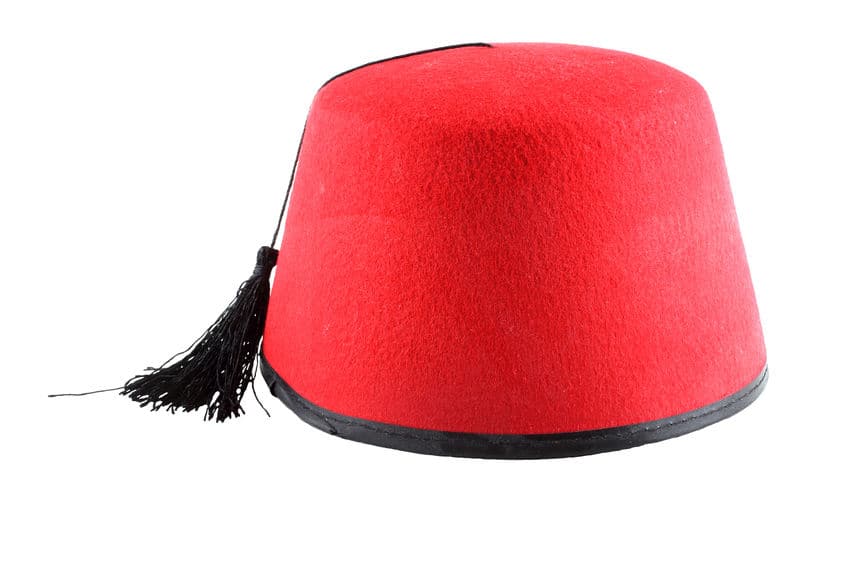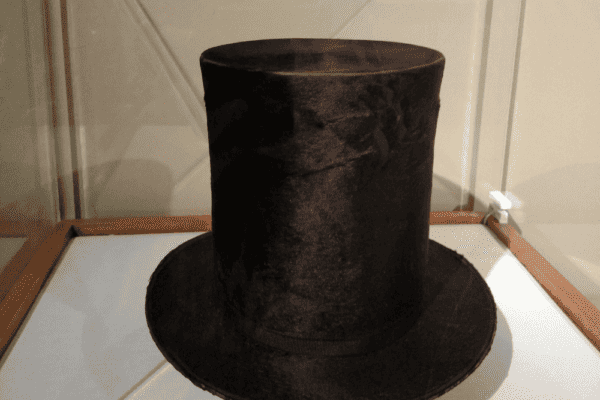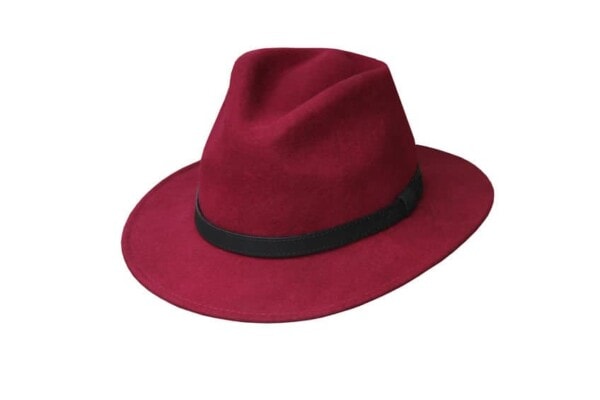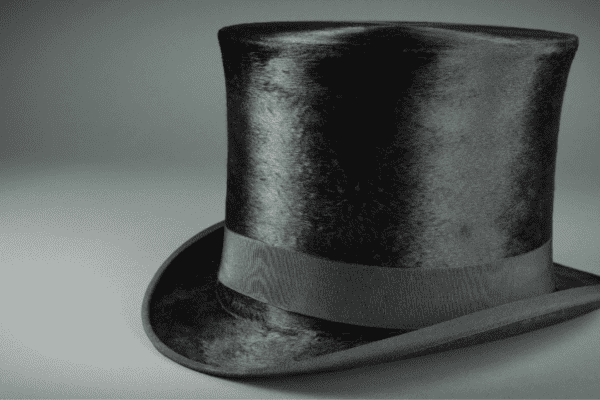The Fez is an iconic piece of headwear and has a long association with the East and the Muslim faith.
The seemingly innocuous red brimless has an intriguing and political past that you may not know; at one stage of history, you could be executed just for wearing one.
What Is a Fez Hat?
The fez or tarboosh (in Arabic) is a felt, cylindrical hat, traditionally red. As you see in the picture, they often also have tassels. The hats hail from Morocco, and the red berries that are the source of the red color are sourced from the city of Fez, hence the name.

The History of the Iconic Fez
The exact origin of the Fez is unclear, but they can be traced to early Greece and the Balkans and are presumed to have been spread by the wide-reaching Ottoman Empire.
The Fez was initially red, black, or white and worn as a base for a wrapped turban and was a brimless hat alternative for Muslims who bowed their foreheads down to the ground during daily prayers.
In 1829 Sultan Mahmud II of the Ottoman Empire aimed to modernize his military, banned the turban wrap, and ordered his troops to wear the plain Fez. Until this decree for the civil and military to don a Fez, the Fez reflected both religious and social status.
The population began the widespread use of the Fez and ushered in a new, less socially stratified era. The Fez became a symbol of modernity throughout the Near East and spread to other nations such as Iran.
Discover 5 famous people who wore the fez in this article.
The Fez Is a Symbol of an American Masonic Society
Initially known by the fantastical name of the Ancient Arabic Order of the Nobles of the Mystic Shrine (AAONMS), Shriners International arose in 1870 in Tampa, Florida. The Shiners adopted the Fez as their official headgear in 1872. The Shiners still exist today and engage in charitable causes (while dodging much controversy).
This highly secretive Masonic order is known for its elaborate use of ritual and initiation ceremonies. As recently as 1991, a prospective Shiner suffered injuries during a hazing ceremony while suffering electric shocks to his bare beyond while blindfolded.
The Shriners adorn their Fez with symbolic motifs, such as the Bengal Tiger claws, a Sphinx’s head, and a star. They include the Shriner motto ”Robot et Furor” (Strength and Fury).
In 1925 Turkey, They Could Execute You for Wearing a Fez
Mustafa Kemal Atatürk, the first President of the Republic of Turkey, adopted a law in 1925 that the populace had to wear brimmed hats.
The President viewed the Fez as a sign of feudalism, and wearing a Fez became considered a crime. Shortly after implementing the law, the government showed the decree’s seriousness by 808 arrests and even 57 executions.
As recently as 2015, the Turkish government abolished the article obliging hats in public without expressly revoking the Fez ban.
However, It is doubtful that they would enforce it in this day and age. Fez tradition continued in the surrounding countries, which were once part of the Ottoman Empire and the Fez is still popular today. Read more about why the fez was banned in Turkey here.
The Fez Was Once Considered a Sign of Leisure and Fashion in Europe
In the late 1800s and the turn of the Twentieth Century, Europeans started donning the Fez as leisure attire, becoming the costume of leisure. The Victorians named it the Turkish Lounging cap or “Smoking Fez.” Although they maintained the shape and tassel, these Victorian symbols of ease and luxury were embroidered in the Fez elaborately.
It became a trend for prospective wives to embroider their husbands-to-be lounging caps with detailed needlework.
The use of the Fez became associated with the upper classes in the UK and American society. One can still see many early Tom and Jerry cartoons where the characters don the Fez while relaxing in hammocks or kicking their heels back.
The Fez became such a high fashion item among stylish Europeans that they began to appear in fashion magazines.
If you want to revive this once popular trend check this popular option on Amazon.
Early Craftsman Dyed the Fez With Berries
The kizziljiek berry from the Cornelian cherry dogwood was the dye commonly used in the origins of the red Fez.
These natural red dyes were replaced with synthetic dyes as the industry became more commercialized. The berry gave the Fez its distinctive deep red hue, and initially, the coveted berry dictated where they produced the Fez.
The red Moorish Fez denoted wisdom, and they considered it the mark of high intelligence. At the same time, historically, the Ottoman Leaders and Chiefs donned the black Fez to indicate their status in society. The black Fez still marks the status of Muslim leaders of high spiritual standing.
How a person wore the Fez tassel could denote much about their attitude and mindset in early use. The favored tassel length was to the back of the hat and down to the neck.
However, anti-social types or roughnecks moved their tassels to the front to show their rebellion. Wearing a Fez without a tassel was akin to wearing a suit without a tie.
Final Thoughts
While the origins of the Fez may still be in dispute, they remain an accessory worldwide. The Fez is more than just a hat, but an object of social and historical significance.













